There are various causes of jaw and joint disorders, which are described by the public with symptoms such as jaw protrusion, jaw locking, pain when opening the jaw, and slipping when opening the jaw. Joint problems include dysfunctions such as the incomplete opening of the jaw joints, not opening at all, and dislocation as the jaw opens. The problem is solved in different ways, from repairing the joint to different interventions such as removing the joint and placing an artificial joint prosthesis. Temporomandibular Joint (TMJ) Disorders are pain and dysfunction syndrome involving the mandible and/or masticatory muscles. The harmony between the articular surface and the disc is impaired. Jaw joint disorders have affected a widespread segment today.
What symptoms do we feel in the joint jaw joint problems?
- Pain in the jaw (There may be a stinging and severe pain that occurs with every swallowing, yawning, chewing, and speaking, or there may be a constant and dull pain. The pain may be in the area where the joint is located, just in front of the jaw, or it may be reflected in many places. It can be reflected on the face, head, ear, and chin by creating spasms in the adherent muscles.) Inability to open the jaw or limited opening.
- Sound from the joint when opening and closing the mouth
- Dizziness,
- Earache and/or ringing in the ear,
- Common pain in the head region, pain in the neck region, pain in the arm,
- Slight swelling on both sides of the face
- Spasm in the muscles in the area of the jaw joint.
Treatments for Jaw Joint Problems
The Jaw Joint is one of the most diverse joints in the body. The joint is formed by connecting the lower and upper jaws, which allows us to open and close the mouth and chew food, with the help of muscles. The treatment of the problems varies from simple to complex treatment, depending on the diagnosis. Some treatments range from a simple night guard to open joint surgery. As a precaution, the patient should not open his mouth too much while eating and yawning, and should not eat very hard and solid foods. If necessary, the physician may recommend muscle relaxants and pain relievers to the patient during the treatment.
Jaw joint problems, existing crowding in the teeth, gaps caused by missing teeth, unilateral chewing, tooth alignment disorders, relationship disorders between the jaws, tooth clenching or grinding, stress, direct trauma to the jaws or joint area (as a result of accident or impact) It may be due to developmental defects of the joint (hypoplasia, etc.), degenerative joint disorders (osteoarthritis, arthrosis), autoimmune diseases (rheumatoid arthritis, lupus), or these problems may increase existing joint problems. In cases where the relationship between teeth and jaws is impaired, it is necessary to correct your closing and tooth alignment disorders, that is, orthodontic or prosthetic treatments. In addition, your orthodontist can recommend joint treatments with the maxillofacial surgeon if necessary.
Today, very advanced techniques are used to diagnose and treat joint problems. Electromyography (EMG), specialized computerized analysis, and low-frequency Transcutaneous Electroneural Stimulation (TENS) Sonography can be used.
With the newly used techniques, it has become possible to diagnose joint problems in a shorter time, to start treatment earlier, and to provide more accurate treatments. The important thing is that, as in any disease, the patient should immediately consult a specialist and start treatment before the problem worsens, instead of waiting for a long time because it will pass.

